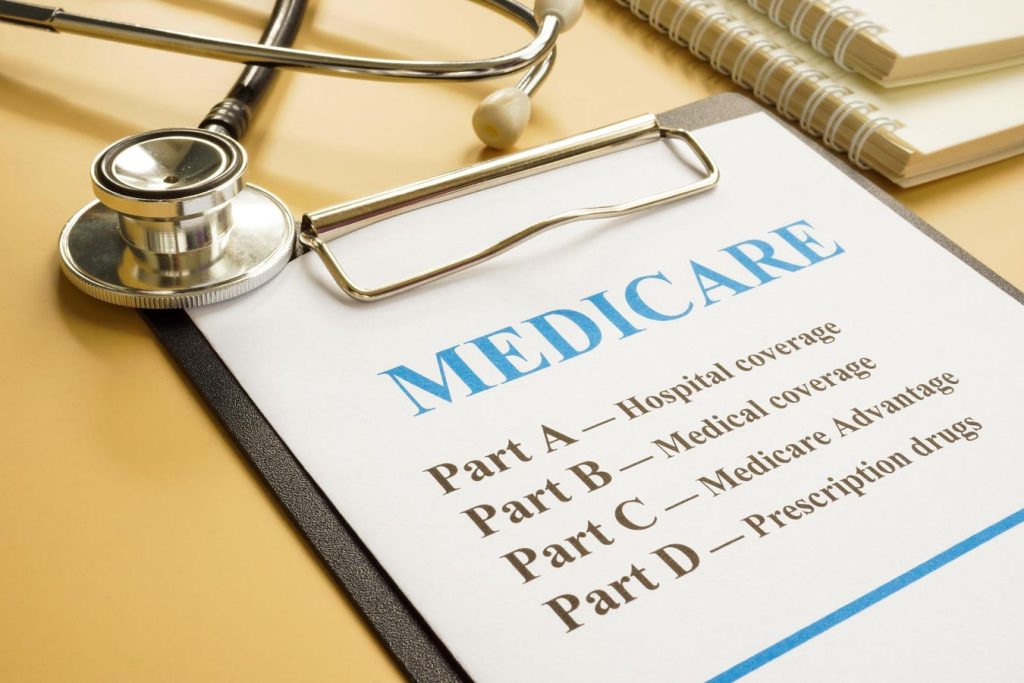Robert Bache, also known as “Medicare Bob,” is a prominent figure in the insurance industry as the VP of Health at AmeriLife and the Founder of Senior Healthcare Direct. With the implementation of some positive provisions in the Inflation Reduction Act (IRA) in 2025, there is a need to address the potential cost increases that some Medicare Part D beneficiaries may face in 2024. The IRA will eliminate the Part D coverage gap phase starting in 2025 and cap annual out-of-pocket drug costs at $2,000, but it could also lead to increases in Part D premiums.
The IRA provisions that aim to enhance the Part D benefit by eliminating the 5% coinsurance requirement for catastrophic coverage in 2024 have unintended consequences for Part D plan premiums. The shift in responsibility for catastrophic coverage to plan providers, along with the cap on out-of-pocket spending in 2025, contribute to the projected increase in premiums. Medicare Advantage with Prescription Drug (MA-PD) plans have an advantage over stand-alone Part D plans in terms of monthly premiums, as they can offset their Part D premiums using rebate dollars from Medicare payments.
The rise in the cost of Part D prescription drug plans will vary from state to state, with some states like California, Florida, New York, Pennsylvania, and Texas potentially seeing increases between 42% and 57%. The higher costs may pose challenges for retirees, especially with a modest 3.2% cost-of-living adjustment for Social Security in 2024. As more people opt for Medicare Advantage plans due to low or no premiums and extra benefits, traditional Medicare beneficiaries may find it increasingly difficult to find affordable Part D drug plans in the future.
Industry professionals play a crucial role in helping beneficiaries navigate their options during open enrollment each fall to ensure they are in the most optimal Part D plan for their prescription drug needs. While higher premiums may be a concern, it is important to consider the comprehensive coverage and potential cost savings that specific plans can offer. The IRA provisions may result in higher Part D premiums in the short term, but they bring long-term benefits such as eliminating the coverage gap phase and capping annual out-of-pocket drug costs.
The IRA also expands access to Extra Help federal subsidies for low-income Americans, increasing eligibility limits and providing assistance with Part D premiums, deductibles, and cost-sharing. As negotiations on drug prices and the development of new, high-cost drugs continue, retirees, those nearing retirement, and industry professionals must work together to adapt to evolving dynamics in the Medicare system. It is recommended to consult with a licensed professional for personalized advice concerning individual financial situations.


